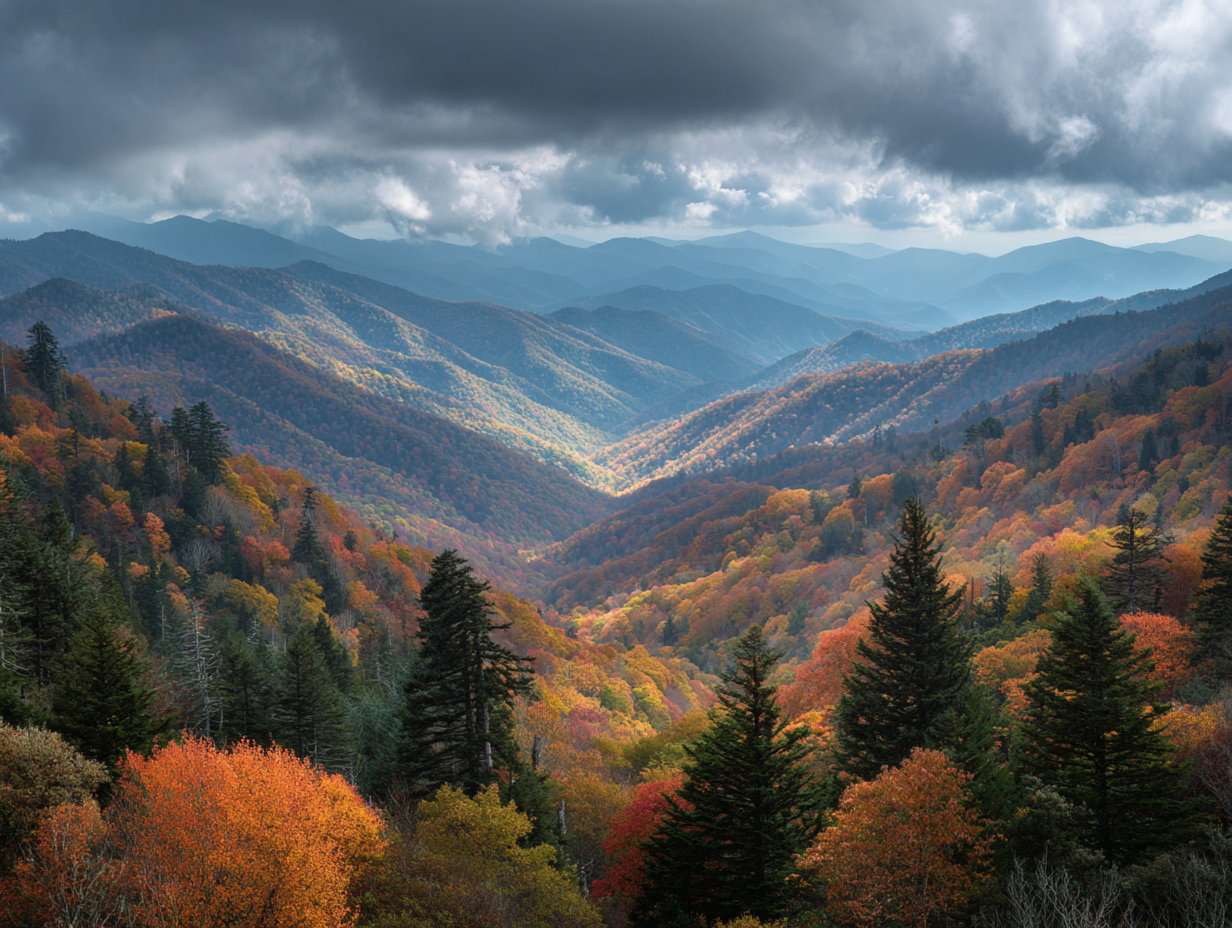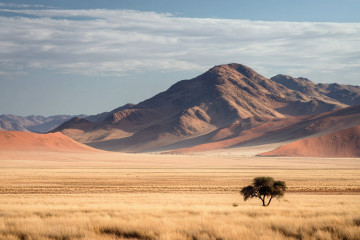The United States is a bucket-list nation for wildlife lovers and animal photographers. The country is home to some of the most incredible national parks in the world which are also UNESCO World Heritage Sites with stunning landscapes. These parks have canyons, ancient forests and geothermal ponds. While there are 63 designated national parks in the USA, a select few hold global importance, recognized as UNESCO World Heritage Sites. These protected areas are home to the planet’s most unique animals.Let’s have a look at 5 must-visit U.S. national parks which are also a UNESCO World Heritage site.
Grand Canyon National Park (Arizona)
UNESCO Inscription: 1979
Grand Canyon National Park in Arizona is among the most gorgeous and otherworldly erosional landscapes on the planet! It was carved over millions of years by the Colorado River and is also among the most-visited attractions in the USA. Thelayered bands of red, orange, and purple rock create a breathtaking panorama that draws millions of visitors worldwide.
Yellowstone National Park (Arizona)
UNESCO Inscription: 1978
Not many must be aware of the fact that Yellowstone is also the world’s first designated national park and a geological wonder. This is an iconic park which is globally recognised for sitting on top of a humongous volcanic hotspot. The park is home to geysers, hot springs which are colourful beyond imagination. There are some gorgeous waterfalls, and unique wildlife roaming across its vast wilderness.
Yosemite National Park (California)
UNESCO Inscription: 1984
Yosemite is all about dramatic granite cliffs, gorgeous waterfalls, and glacial valleys. It has long been celebrated for its towering granite giants like El Capitan and Half Dome and Yosemite Falls. It is a UNESCO recognized site for its stunning glacially carved scenery and diverse habitats. Yosemite is also a spiritual home for rock climbers worldwide. Whether blanketed in snow or in the sunshine of summer, Yosemite is an awe-inspiring site in every season.
Everglades National Park (Florida)
UNESCO Inscription: 1979
The Everglades preserve one of the most unique ecosystems on the planet which is a slow-moving “river of grass”. This UNESCO park is important for the survival of the Florida panther and American crocodile, among others.
Visitors can explore mangrove tunnels, marshes, and freshwater sloughs by boat, kayak, or boardwalk trails. The park’s beautiful yet wild landscapes offer a peaceful contrast to bustling Miami just a short drive away.
Great Smoky Mountains National Park (Tennessee & North Carolina)
UNESCO Inscription: 1983
The most biodiverse national park in the USA, Great Smoky is noted for its misty peaks, dark forests, and rich cultural heritage. The park attracts the highest number of visitors of any U.S. national park as it is home to over 19,000 documented species. But scientists believe there are tens of thousands more that remain hidden.



